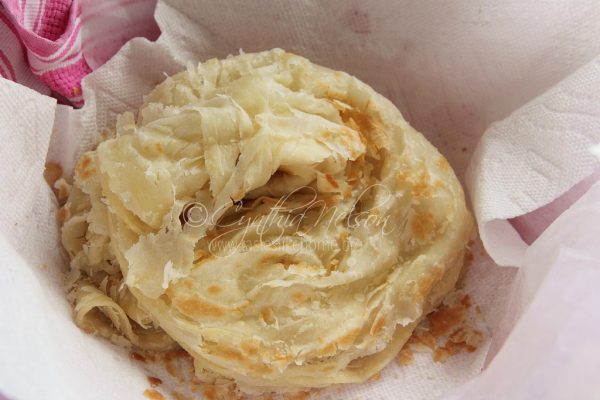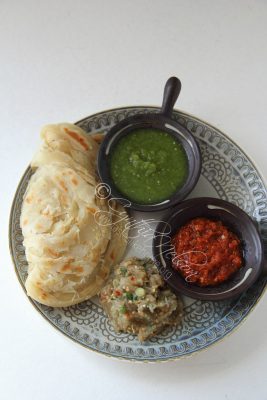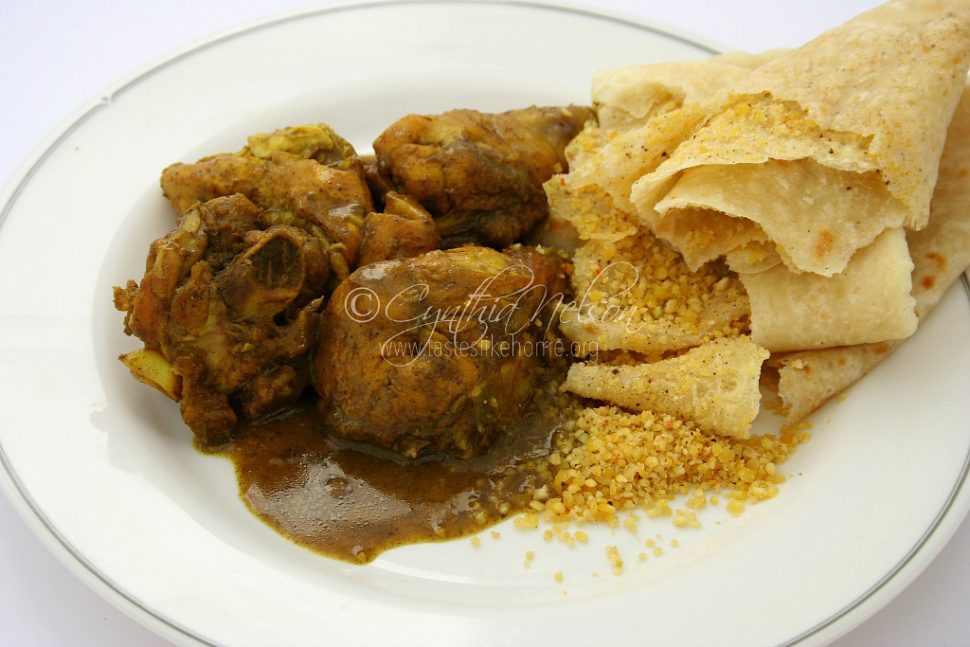
“I thought you said you were making Dhal Puri,” my friend said.
“I did,” I responded, gesturing with my head to the stack of brown Dhal Puri in the centre of the table. I must admit, they did not look appealing, but I believed that the proof lay in the eating. Six of us sat down to have a meal of Chicken Curry and Dhal Puri. At the end of the evening, just as she was leaving, my friend pulled me aside and said, “Please, don’t ever make any whole wheat roti for me again. I only want roti, whichever kind, with white flour.”

I couldn’t agree more with her plea. The whole wheat Dhal Puri just did not taste the same, it also felt heavy and stiff. And we all know that one of the hallmarks of a good Dhal Puri is it being soft and readily foldable; a result that’s best had with Dhal Puri made with regular white all-purpose flour.
We live in a time where everyone has a heightened sense of healthy eating. Some take it to an extreme where they deprive themselves and decry those of us who eat anything made with white flour – bakes, bread or roti. They can stick to their trendy way of eating; I will continue to subscribe to the philosophy of eating everything in moderation. As an occasional roti eater, I have a certain expectation of what a roti, regardless of the type, should taste, feel and look like, and for me that result is always only ever with white flour.
The only type of roti which I appreciate (and have made on several occasions and enjoyed) with whole wheat flour or the National Milling Company of Guyana (NAMILCO)’s multigrain flour, is Sada Roti. On each occasion though, a quarter of the portion of the mixture was made up of white all-purpose flour to improve the overall texture and mouthfeel of the finished product. The other types of roti – Dhal Puri, Guyanese Paratha or Dosti Roti, are best with white flour. The use of regular all-purpose flour for these roti(s) gives the signature taste and texture for which they are known.

It is not only about the taste and texture but also the tactile interaction that one has with a roti. With our Paratha, you want to grab hold of that leafy mass and tear or pull away pieces to drag, sop up or hold on to whatever you are eating as an accompaniment. With a Dhal Puri, you want it to tear easily as a shower of its spiced ground split pea filling rains on the plate. Or for the Dhal Puri to be easily folded and rolled once dabbed with some sour.
The origins of most of flatbreads (roti is a type of flatbread) the world over were with unrefined wheat and other grains. And that still continues today. However, through the ages and industrial revolution, in order to make food and other things cheaper and accessible to more people, wheat was refined, hence we have things like white all-purpose flour. While the purists and food snobs knock white flour, the use of this product has given rise to many iconic staples throughout the world, impacting cuisines that some people make a pilgrimage to sample.
I called my best friend a couple of weeks ago to wish her Happy Birthday (she is now living and working in USA). I told her that if she was here that I’d make her some Baigan (eggplant) Choka and roti, to which she said, “But I ain’t want no whole wheat Sada roti, I want white flour Sada roti!”
Cynthia
cynthia@tasteslikehome.org





